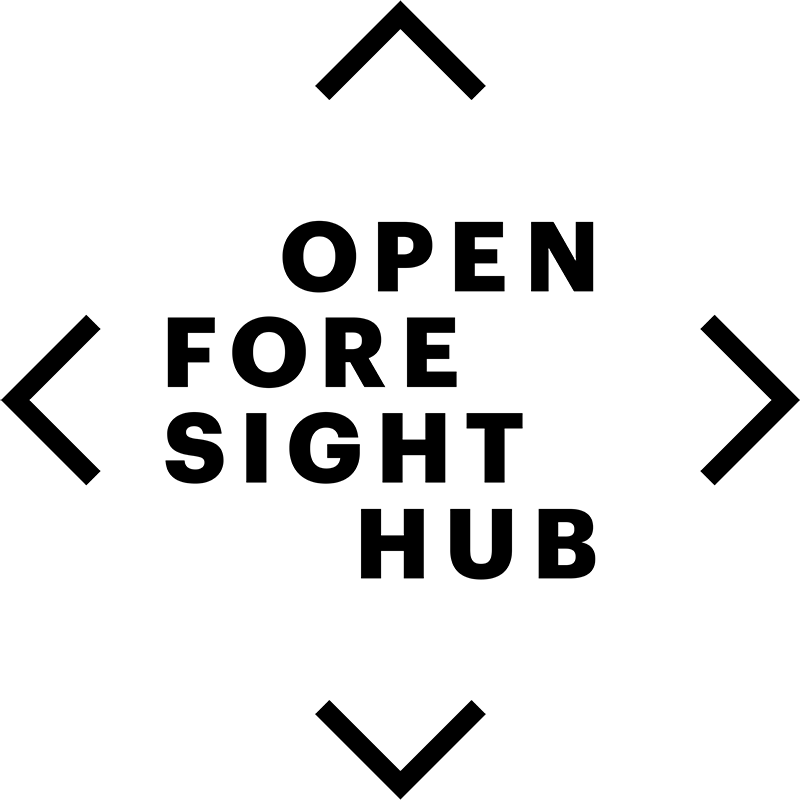Brazil, 1981-2013: the effects of economic growth and income inequality on poverty
This study examines the impact of economic growth and income inequality on poverty in Brazil from 1981 to 2013, using dynamic panel data models.
(Generated with the help of GPT-4)
| Quick Facts | |
|---|---|
| Report location: | source |
| Language: | English |
| Publisher: | |
| Authors: | Guilherme Irffi, Pablo Urano De Carvalho Castelar, Francisco José Silva Tabosa |
| Time horizon: | 1981 |
| Geographic focus: | Brazil |
| Page count: | páginas. 153-17 |
Methods
The research method involved using a dynamic panel data model estimated by the two-step generalized method-of-moments system. This model assessed the impact of economic growth and income inequality on poverty across three scenarios: the entire period (1981-2013), the years leading up to the Real Plan (1981-1994), and the years following the Real Plan (1995-2013).
(Generated with the help of GPT-4)
Key Insights
The research analyzes Brazil's poverty dynamics from 1981 to 2013, focusing on the effects of economic growth and income inequality. It uses a dynamic panel data model to assess how these factors influenced poverty before and after the implementation of the Real Plan in 1994. The study finds that policies promoting income growth alongside inequality reduction are more effective in reducing poverty than those solely increasing average income levels.
(Generated with the help of GPT-4)
Additional Viewpoints
Categories: 1980s time horizon | 1981 time horizon | Brazil geographic scope | English publication language | econometric models | economic growth | extreme poverty | income inequality | income redistribution | policy effectiveness | poverty | poverty headcount | pro-poor growth | real plan
